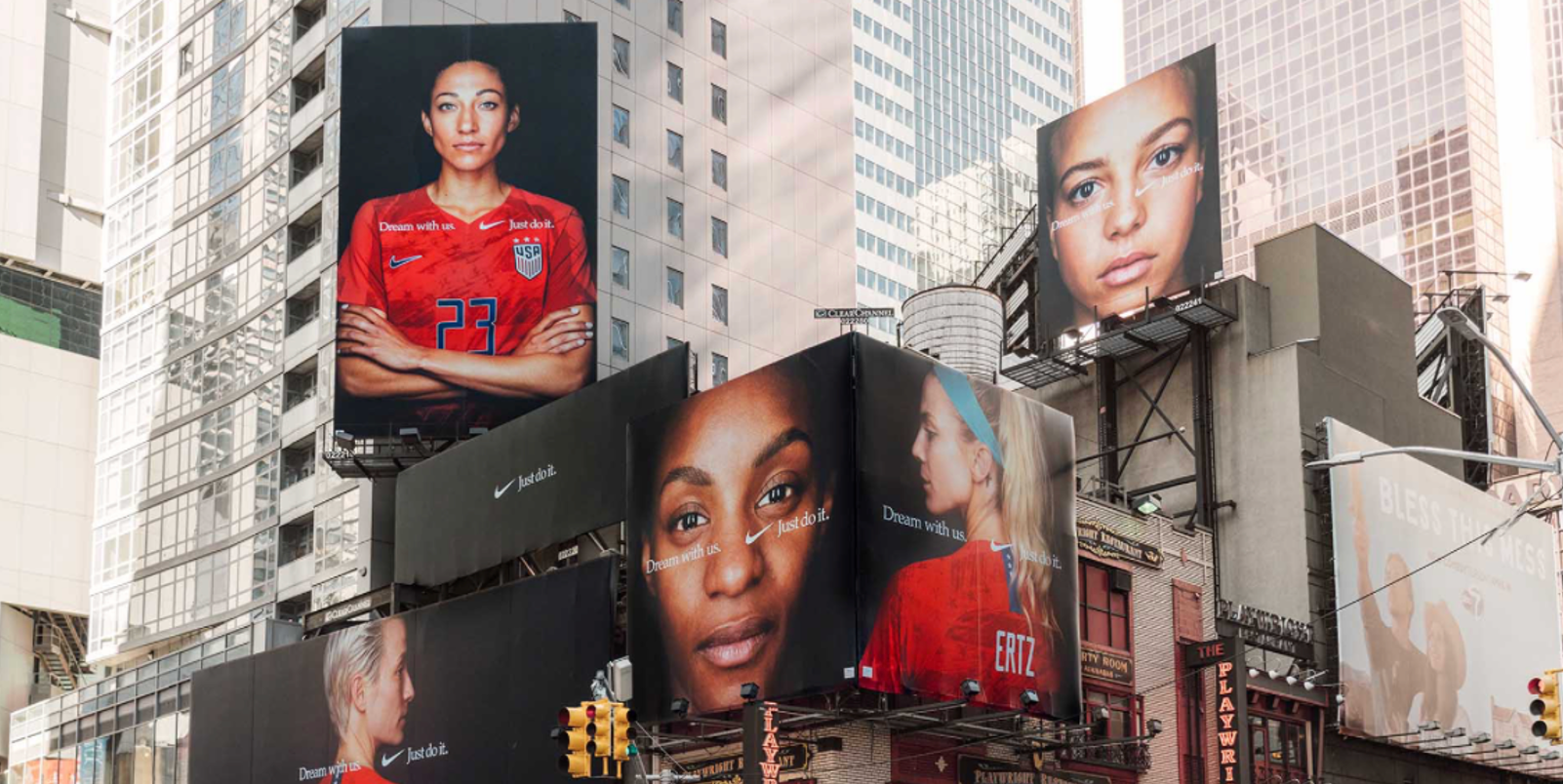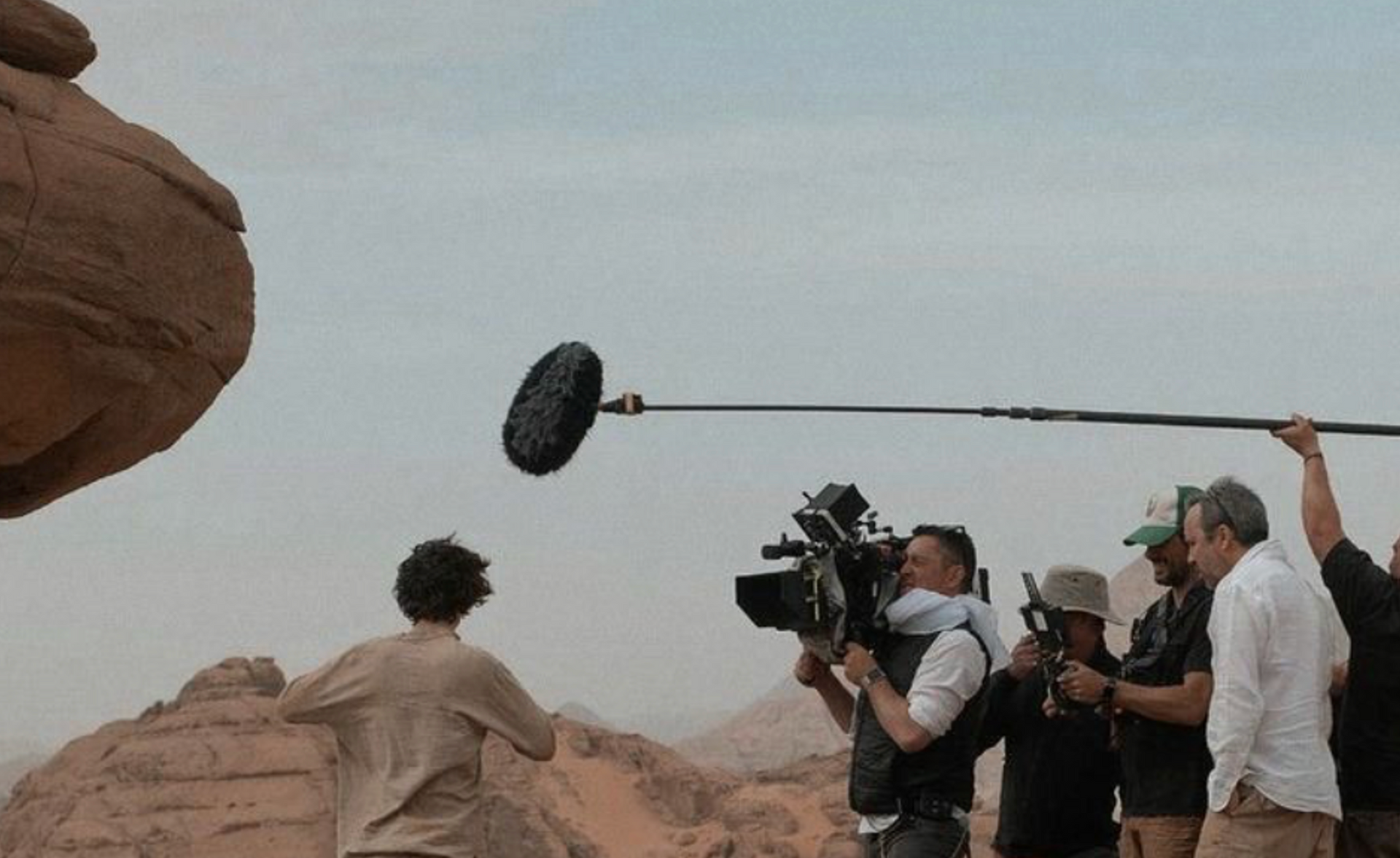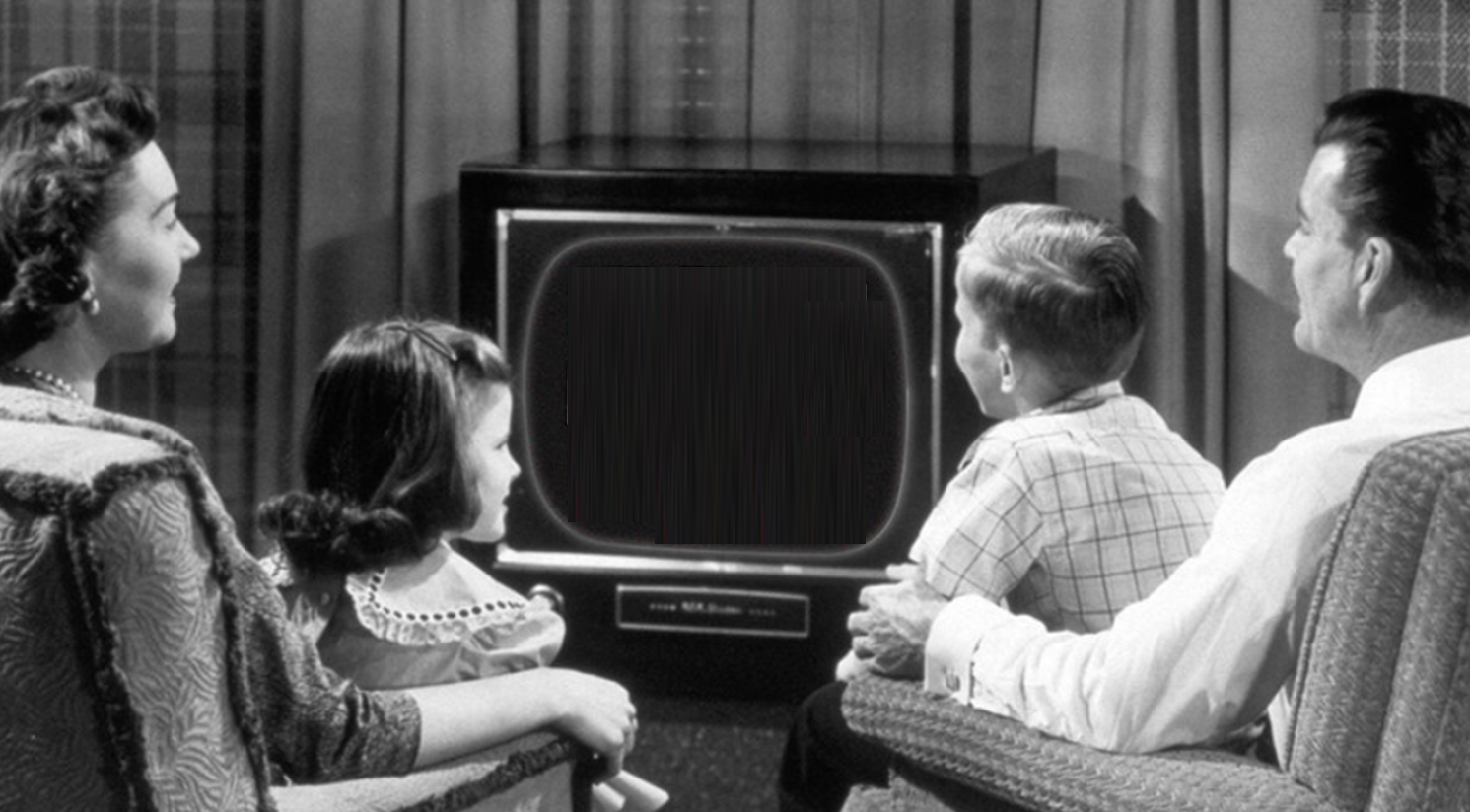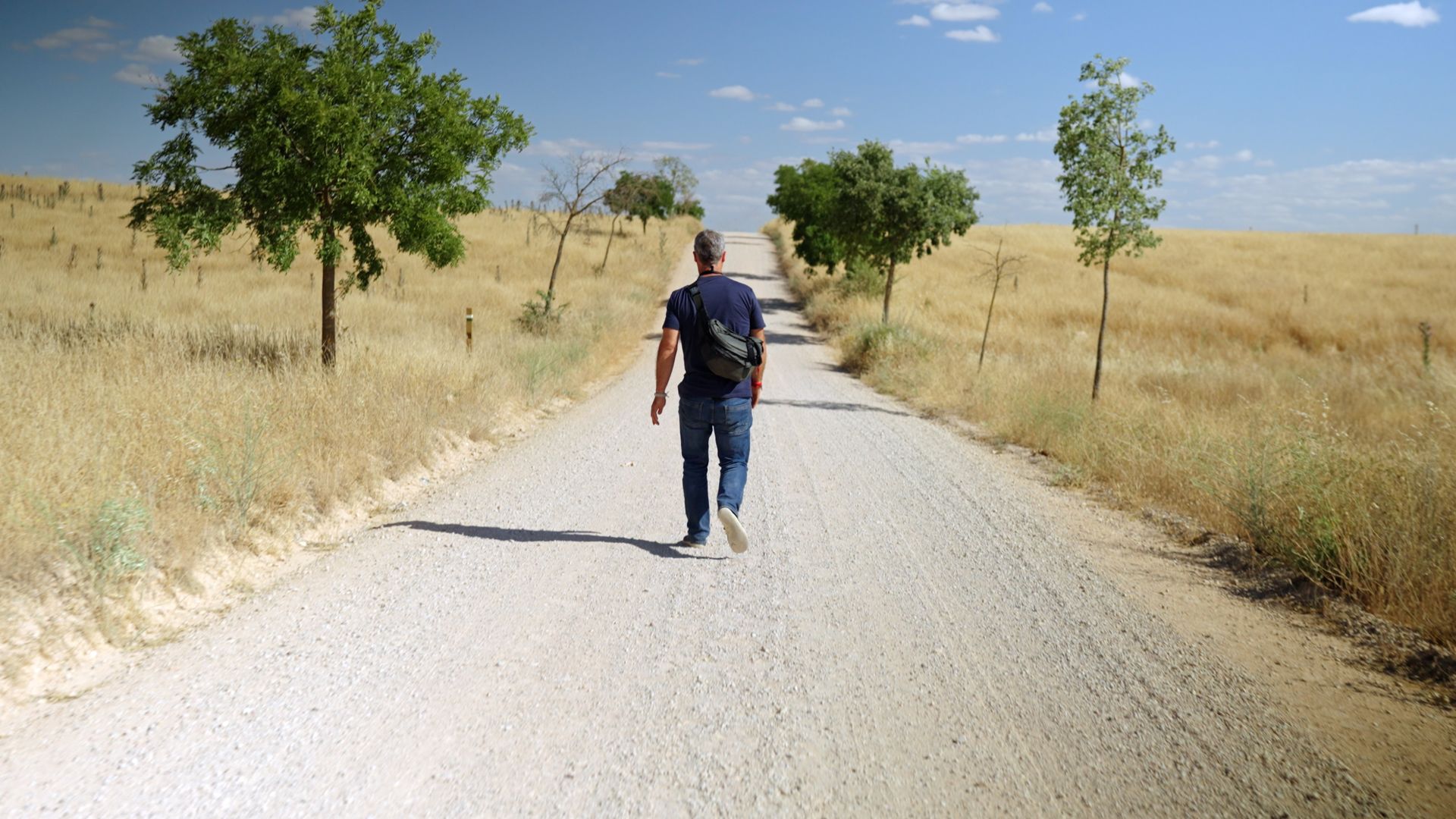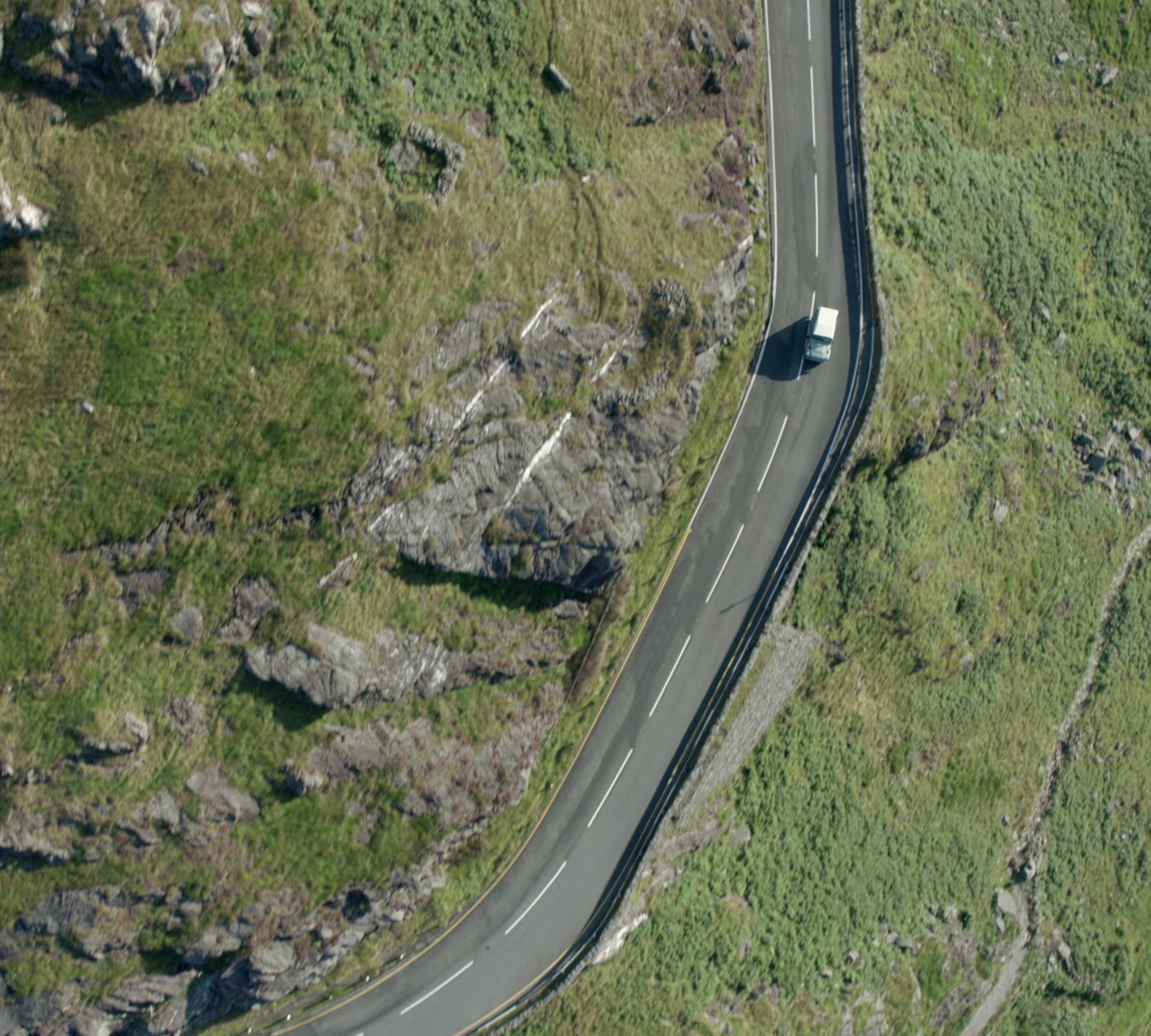Blog.
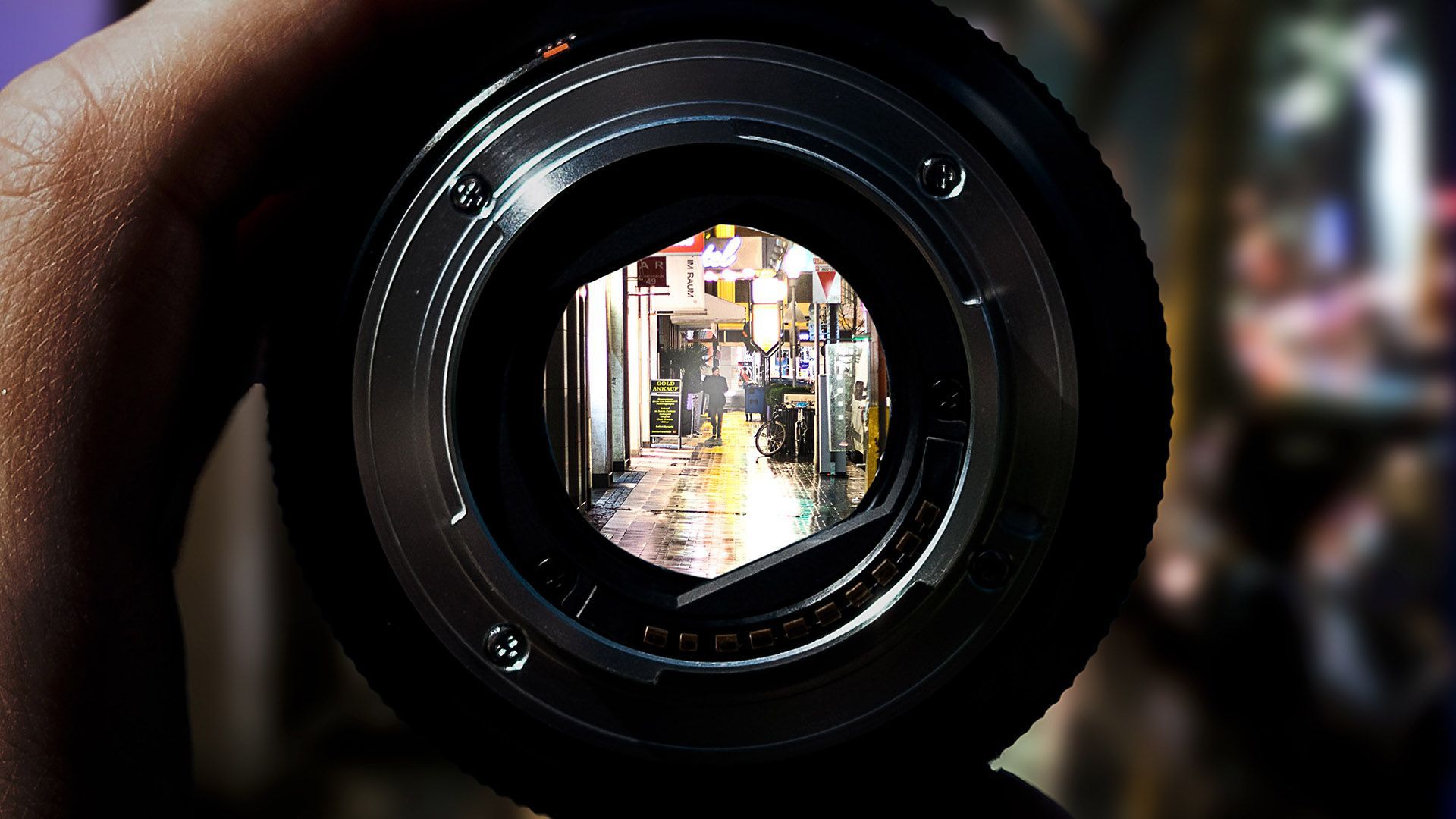
Back in 2006, I was on a shoot filming on good old Sony HDCam tape. Another film crew were filming at the same location. I knew the director and at lunch time we crossed paths and we got into a conversation about the kit we were filming with. “Are you shooting in HD?” he asked. “Yeah,“ I replied, “we’re shooting HDCam”. The director responded “Yeah, we’re shooting HD,” followed by an agonisingly brief pause and adding one extra letter “…V.” For those of you who don’t know the significance of this "hilarious" exchange, HDCam shot on big £40k cameras, with Digi Beta style large tapes, while HDV shot on more prosumer cameras with tiny Mini DV style tapes. The quality of HD between the two formats was significant in terms of bitrate, camera sensors and choice of lenses. Smaller cheaper cameras were the lesser option compared to the big expensive cameras and my snobbery towards the HDV camera format seemed justified in technical terms at the time. Big and expensive equalled better. However, things appear to have shifted in more recent times. Even back then, HDCam was shooting in 8-bit, at 1440 x 1080 interlaced. We are now in a world of 4k, 8k and even 12k, 10-bit, 12-bit and raw video options shooting progressive video. The lines between the quality in big cameras vs small is blurrier than ever. Although the snobbery is still there. If you are on a shoot and you’re filming with a Sony FX9, there are some crew members who scoff at the fact that you’re not shooting with a Sony Venice or Arri Alexa. But why use a sledgehammer to crack a nut? Picture quality isn’t a necessity when telling a story. Danny Boyle, for example, shot 28 Days Later using MiniDV and Canon XL1s but that was standard definition and looked very obviously like video with blown-out highlights and very little shadow information. Which leads us to Gareth Edwards, director of such films as the recent Godzilla, Rogue One and his debut film, Monsters. The latter film was a revelation at the time as Edwards used the smaller XDCam cameras with interchangeable lenses to shoot the movie guerilla-style. He then spent a couple of years editing and creating his own effects on his home computer. The result was a very expensive looking film at a small budget. The final feature definitely didn’t look like it was shot on video. Fast forward to 2023 and Edwards has directed his latest movie, The Creator, a big blockbuster effects movie, which has the cinematographer of Dune, Greig Fraser, shooting with… [drum roll please] the Sony FX3. Where were the film crew members helpfully suggesting that it wasn’t a Sony Venice or an Arri Alexa? Sometimes you just need the right tool for the right job.

